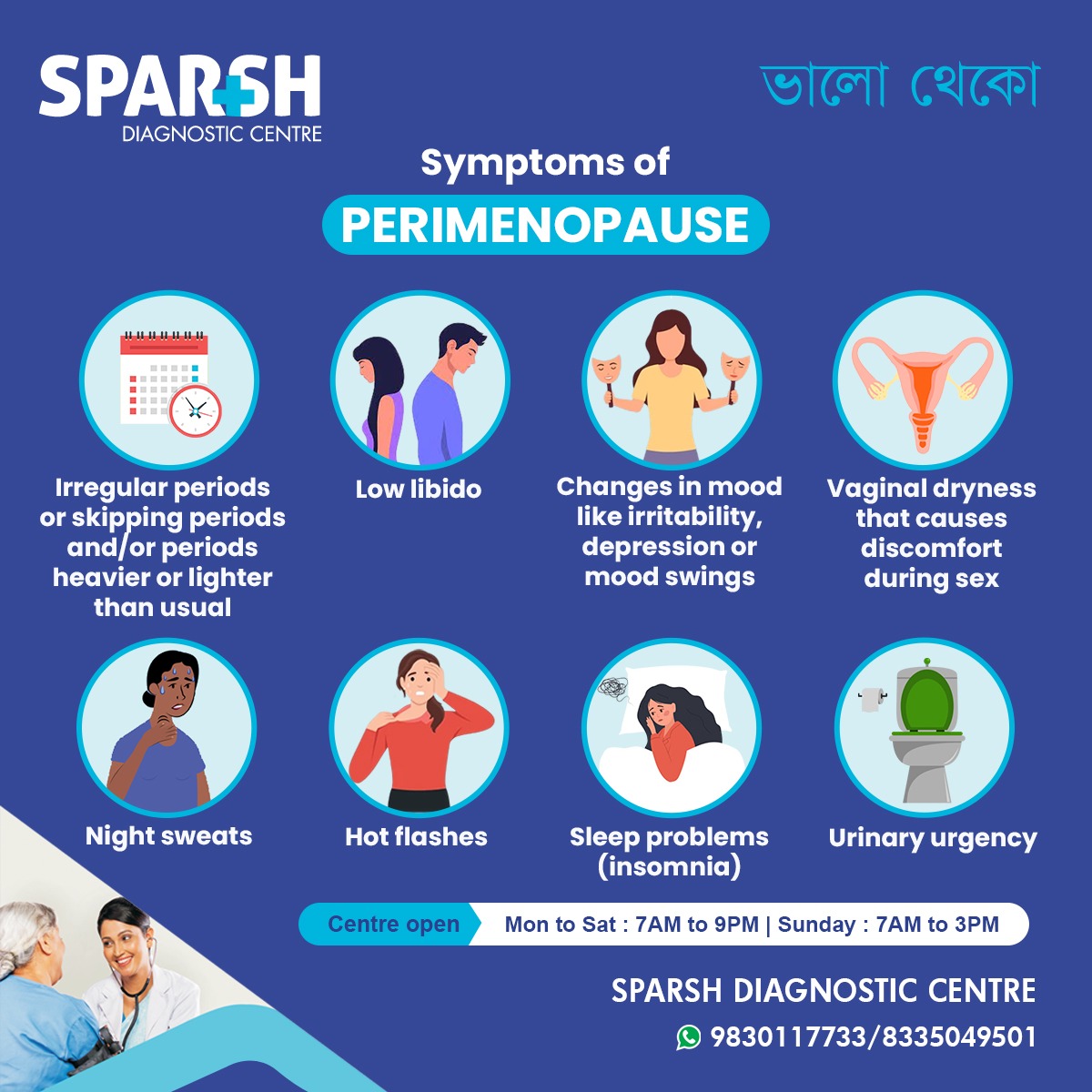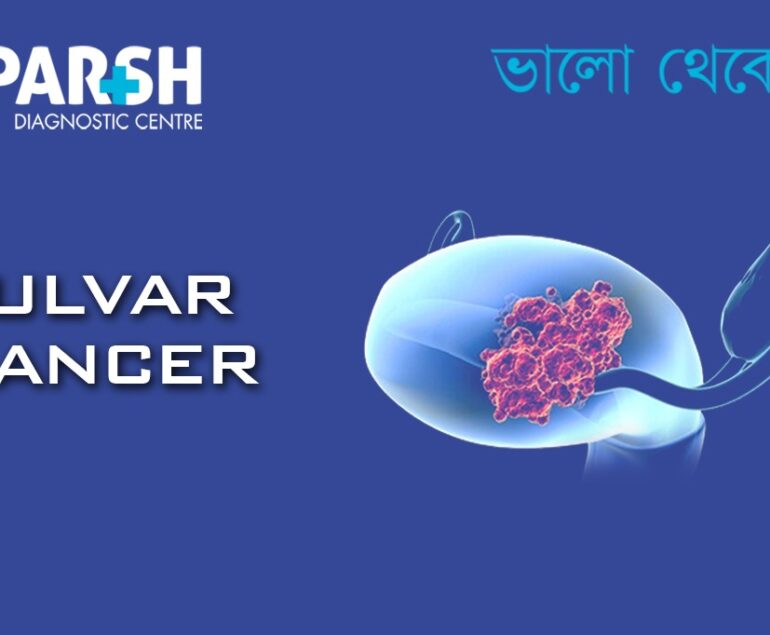Perimenopause, often described as the transition to menopause, is a significant phase in a woman’s life marked by fluctuating hormones and a wide range of symptoms. Though natural and inevitable, this phase can be physically and emotionally challenging. With the right information and support, however, women can navigate perimenopause confidently and healthily.
This comprehensive blog explores what perimenopause is, its signs and symptoms, diagnostic methods, treatment options, and self-care strategies to manage this transition effectively.
What is Perimenopause?
Perimenopause means “around menopause” and refers to the time during which a woman’s body makes the natural transition toward permanent infertility. It usually begins in a woman’s 40s but can start as early as the mid-30s and lasts until menopause, the point when the ovaries stop releasing eggs.
During perimenopause, estrogen and progesterone levels fluctuate, leading to various physical and psychological symptoms. Once a woman goes 12 consecutive months without menstruating, she is considered to have reached menopause.
Common Symptoms of Perimenopause
Every woman experiences perimenopause differently, but some symptoms are especially common. Here’s a detailed look at each:
1. Irregular Periods
One of the earliest signs of perimenopause is a change in menstrual patterns. Periods may become shorter, longer, heavier, or lighter than usual. Women may also skip periods.
2. Low Libido
Reduced estrogen levels often lead to a decreased interest in sex. This change in libido may be accompanied by vaginal dryness, making intercourse uncomfortable.
3. Mood Changes
Hormonal fluctuations can significantly impact mental health. Many women report irritability, anxiety, depression, or unpredictable mood swings during perimenopause.
4. Vaginal Dryness
Lower estrogen levels reduce vaginal lubrication, leading to dryness, itching, or discomfort during sex, and even urinary tract infections.
5. Night Sweats
Sudden sweating at night can disrupt sleep and lead to chronic fatigue. Night sweats are often linked to hot flashes.
6. Hot Flashes
These are sudden feelings of heat, often accompanied by flushing and sweating. Hot flashes are one of the most recognizable signs of hormonal shifts during perimenopause.
7. Sleep Problems (Insomnia)
Hormonal imbalances, night sweats, and stress contribute to sleep disturbances. Many women experience difficulty falling or staying asleep.
8. Urinary Urgency
Lower estrogen levels affect the bladder and urethra, increasing the need to urinate and making urinary incontinence more common.
Causes of Perimenopause
Perimenopause is primarily caused by natural aging and the associated hormonal changes, especially fluctuating estrogen and progesterone levels. Other factors that can affect its onset or intensity include:
Family history (early menopause may run in families)
Lifestyle factors such as smoking
Chemotherapy or radiation treatment
Ovarian surgery or hysterectomy
How Long Does Perimenopause Last?
Perimenopause typically lasts between 4 and 8 years. The duration can vary significantly from one woman to another. The transition ends with menopause, marked by the absence of menstruation for 12 consecutive months.
When Does Perimenopause Start?
Most women begin to experience perimenopause between the ages of 40 and 44, though symptoms can start in the mid-30s for some. Factors like genetics, health conditions, and lifestyle choices can influence the timing.
How is Perimenopause Diagnosed?
There is no single test to diagnose perimenopause. Instead, diagnosis is usually based on:
Medical history and symptoms
Physical examination
Blood tests to measure hormone levels (e.g., FSH, estrogen)
Thyroid tests to rule out thyroid-related symptoms
Managing Perimenopause Symptoms
While perimenopause is a natural phase of life, its symptoms can be managed through various treatment options:
1. Hormone Therapy
Hormone replacement therapy (HRT) involves administering estrogen and/or progesterone to relieve symptoms like hot flashes, vaginal dryness, and mood changes. HRT is effective but not suitable for everyone, particularly those with certain health risks.
2. Non-Hormonal Medications
These include:
Antidepressants for mood swings or hot flashes
Gabapentin or clonidine for hot flashes
Vaginal estrogen creams or rings for vaginal dryness
3. Lifestyle Modifications
Healthy habits can significantly ease the symptoms of perimenopause:
Regular exercise: Helps maintain weight, boost mood, and improve sleep.
Balanced diet: Rich in calcium, vitamin D, and phytoestrogens like soy.
Adequate sleep: Create a calming bedtime routine and avoid caffeine/alcohol before bed.
Stress management: Practice yoga, meditation, or deep breathing exercises.
4. Herbal Remedies and Supplements
Some women find relief in natural remedies, though these should be used with caution:
Black cohosh
Soy isoflavones
Evening primrose oil
Red clover
Always consult a healthcare provider before starting any supplement.
Perimenopause and Mental Health
Fluctuating hormones can have a profound effect on emotional well-being. Depression, anxiety, and irritability may increase during this time. Women with a history of mood disorders are particularly vulnerable.
Mental health support strategies:
Counseling or therapy
Support groups
Regular physical activity
Mindfulness and cognitive behavioral therapy (CBT)
Perimenopause and Weight Gain
Many women notice weight gain during perimenopause, particularly around the abdomen. This is due to hormonal changes, aging, and slowed metabolism. Combatting this involves:
Eating nutrient-dense foods
Strength training and cardiovascular workouts
Reducing processed sugar and refined carbs
When to See a Doctor
You should consult a healthcare provider if you:
Experience very heavy or prolonged periods
Notice spotting between periods
Develop severe mood swings or depression
Have trouble sleeping that affects daily life
Feel that symptoms are disrupting your quality of life
Tests That Help During Perimenopause
Diagnostic imaging and laboratory tests can help rule out other causes and confirm perimenopausal status:
Pelvic ultrasound
Estradiol level
Bone density scan (to check for osteoporosis risk)
Sparsh Diagnostic Centre offers comprehensive diagnostic services tailored for women’s health, ensuring timely detection and effective management of hormonal transitions.
Support Systems During Perimenopause
Women going through perimenopause benefit immensely from a strong support network. Family, friends, and community groups can offer emotional reinforcement. Online forums and dedicated menopause support groups also provide valuable advice and comfort.
Tips for Thriving Through Perimenopause
Stay informed: Knowledge is empowering.
Track symptoms: Use a journal or mobile app.
Get regular checkups: Monitor hormone levels and general health.
Talk openly: Break the stigma and communicate with loved ones.
Invest in self-care: Prioritize mental, emotional, and physical health.
Perimenopause is a transformative journey—not a medical condition. While it presents unique challenges, understanding the changes and managing them proactively can make the experience smoother. With the right diagnostic support, such as from Sparsh Diagnostic Centre, and a holistic approach to well-being, women can transition into the next phase of life with confidence, grace, and health.
If you’re experiencing symptoms of perimenopause or need guidance on managing hormonal health, Sparsh Diagnostic Centre offers specialized tests and consultations to support you every step of the way.
📍 Centre Hours:
Monday to Saturday: 7 AM – 9 PM
Sunday: 7 AM – 3 PM
📞 Contact: 9830117733 / 8335049501
#BhaloTheko
Disclaimer:
No content on this site, regardless of date, should ever be used as a substitute for direct medical advice from your doctor or other qualified clinician.

![]()







[…] hormonal conditions like polycystic ovary syndrome (PCOS) or perimenopause can cause irregular periods or even prolonged periods of amenorrhea (absence of menstruation), […]
[…] Perimenopause: Hormonal fluctuations before menopause can cause irregular bleeding. […]
[…] PMDD symptoms stop after menopause since the menstrual cycle ends. However, perimenopause may temporarily worsen […]
[…] 5. Perimenopause […]
[…] much can lead to a condition known as estrogen dominance. It’s common in women, especially during perimenopause and menopause, but men can experience it as […]
[…] Perimenopause and Menopause […]
[…] countries. The process of menopause is not abrupt; it usually involves a transition period known as perimenopause, followed by postmenopause after the final menstrual […]
[…] Perimenopause and Menopause: As women age, the ovaries gradually produce less estrogen. Perimenopause, the transition period leading up to menopause, can last several years and is characterized by fluctuating levels. This can lead to irregular menstrual cycles, hot flashes, night sweats, and mood swings. Once a woman has not had a menstrual period for 12 consecutive months, she is considered to be in menopause. At this point, estrogen levels are significantly reduced, which can have long-term effects on bone density, heart health, and overall well-being. […]
[…] Perimenopause and Menopause: As a woman approaches menopause, ovulation becomes less frequent, leading to a gradual decline in levels. This decrease can cause symptoms like irregular periods, mood swings, and hot flashes. During menopause, progesterone production drops to very low levels, as the ovaries cease their reproductive functions. […]
[…] Perimenopause and […]
[…] and perimenopause are common times for hormonal […]